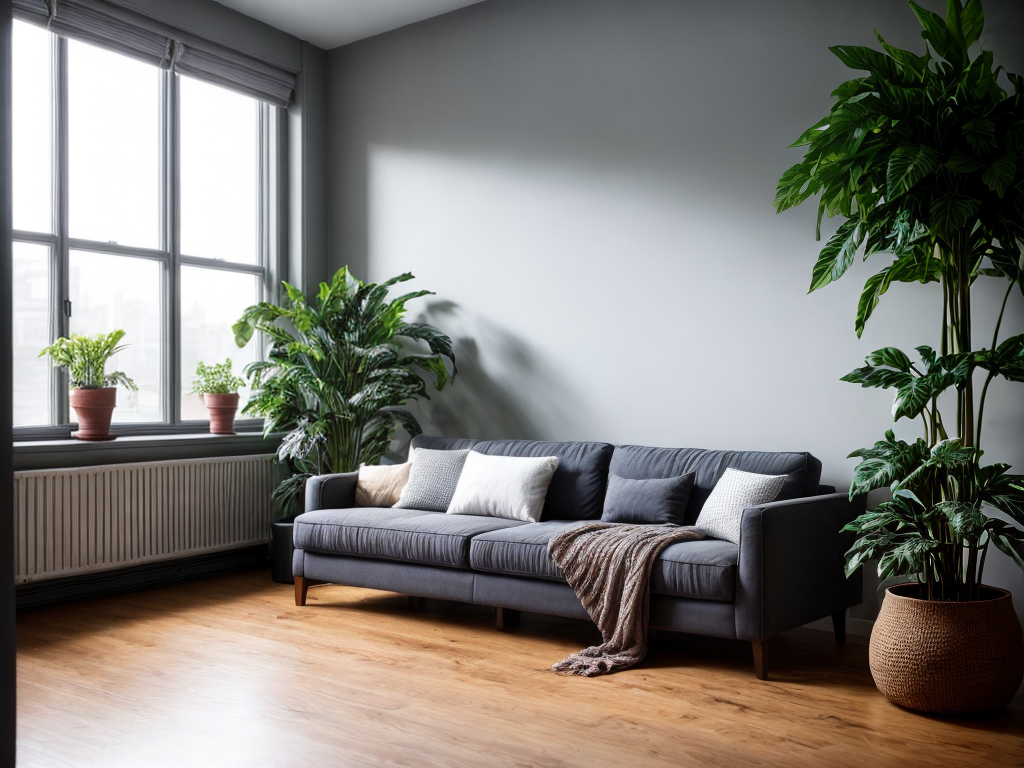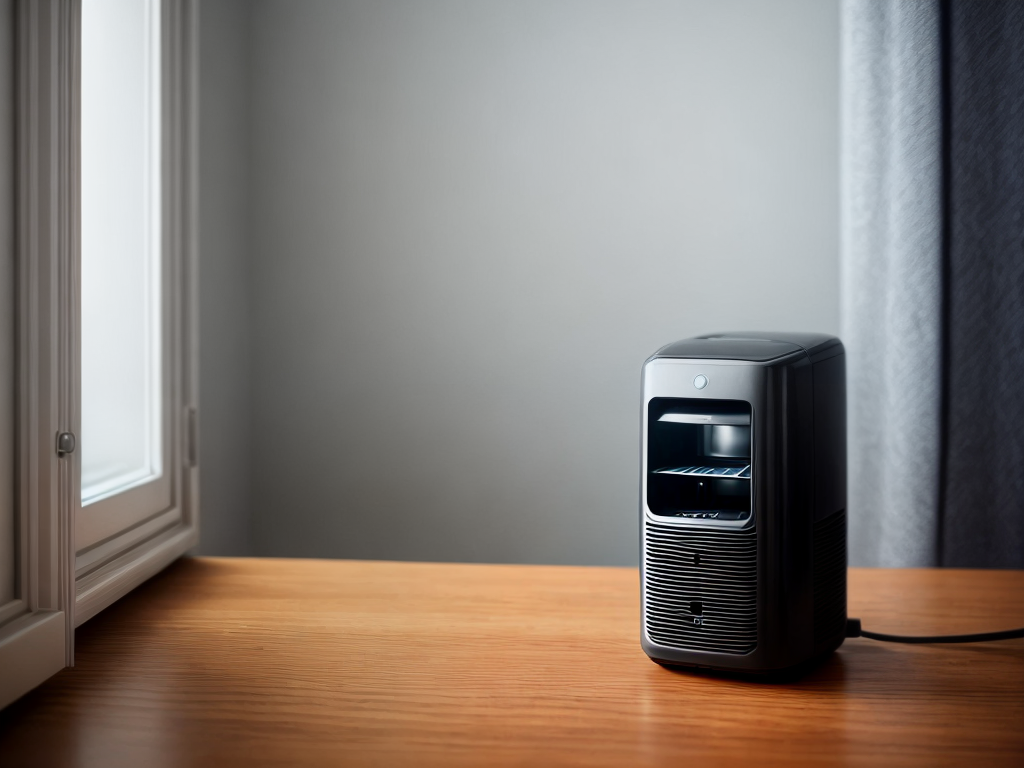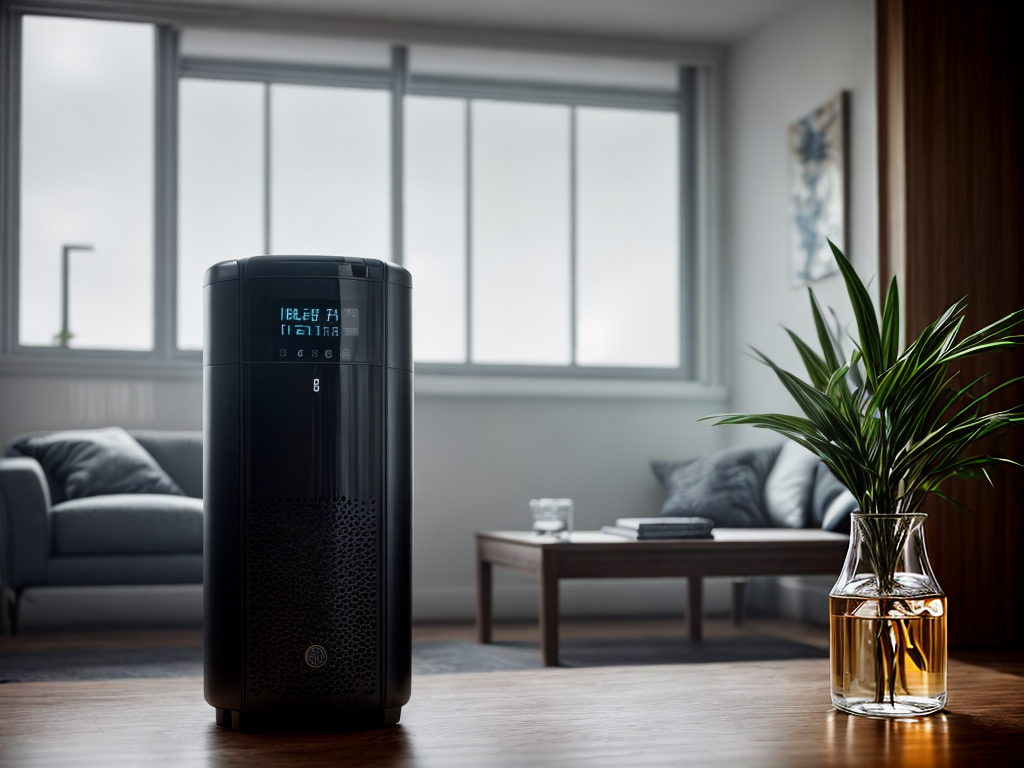
As I stand here, feeling the warmth of the sun on my skin and the gentle breeze rustling through the trees, I can’t help but be reminded of the season that lies ahead. With summer just around the corner, it’s time to start thinking about how to keep our homes cool and comfortable. But as the temperature rises, so does the humidity, creating an environment that is not only uncomfortable, but also potentially damaging to our homes. So, how can we combat this moisture and create a space that is both inviting and safe? Well, my friends, I have a few tips and tricks up my sleeve that will help you dehumidify your home and make it a haven all year round.
Summer Dehumidification
During the summer months, I rely on my dehumidifier to keep the air in my home fresh and comfortable. Summer humidity control is crucial for maintaining a comfortable indoor environment. To ensure that my dehumidifier functions optimally, regular maintenance is necessary.
The first step in dehumidifier maintenance is to clean or replace the air filter. The filter plays a vital role in trapping dust, allergens, and other particles from the air. Over time, the filter can become clogged, reducing the efficiency of the dehumidifier. By cleaning or replacing the filter every few months, I can ensure that my dehumidifier continues to provide clean and fresh air.
Additionally, it is important to empty the water reservoir regularly. Depending on the humidity levels in my home, the reservoir can fill up quickly. By emptying it regularly, I prevent any overflow or leakage, which could potentially damage the dehumidifier.
Lastly, I make it a point to clean the coils of my dehumidifier. Over time, dust and debris can accumulate on the coils, hindering their ability to extract moisture from the air. By gently wiping the coils with a damp cloth, I can maintain the dehumidifier’s efficiency.
Winter Dehumidification
With the arrival of winter, ensuring proper dehumidification in my home becomes essential for maintaining a comfortable indoor environment. Winter moisture control is crucial in preventing winter mold and other issues caused by excessive humidity. To help you effectively manage the moisture levels in your home during this season, I have compiled a table below with useful tips and tricks.
| Tips for Winter Moisture Control | Benefits |
|---|---|
| Use a dehumidifier | Reduces humidity levels |
| Ventilate your home | Allows fresh air circulation |
| Insulate windows and doors | Prevents condensation buildup |
| Monitor humidity levels | Helps maintain optimal levels |
Spring Dehumidification
To effectively manage humidity levels in my home during the spring season, I implement various strategies. Spring brings warmer temperatures and increased moisture, which can lead to high humidity levels and potential mold growth. To combat this, I rely on a combination of dehumidifiers and proper ventilation. I ensure that all windows and doors are sealed properly to prevent any unwanted moisture from entering my home. Additionally, I use exhaust fans in areas prone to moisture, such as the bathroom and kitchen, to remove excess humidity. Regularly checking and cleaning air filters in HVAC systems is also crucial for optimal humidity control. I make it a point to monitor the humidity levels in my home using a hygrometer and keep them between 30% and 50%. This range helps prevent mold growth while maintaining a comfortable living environment. By implementing these measures, I am able to effectively manage humidity levels and prevent mold growth in my home during the spring season.
Fall Dehumidification
As the weather cools down and the leaves begin to fall, I adjust my dehumidification methods to maintain optimal humidity levels in my home. Fall humidity control is crucial to preventing mold growth and maintaining a comfortable indoor environment. Here are some tips and tricks to help you effectively dehumidify your home during the fall season:
- Monitor humidity levels: Invest in a hygrometer to regularly check the humidity levels in your home. Aim for a range of 30-50% to prevent mold growth.
- Use exhaust fans: When cooking or showering, turn on exhaust fans to remove excess moisture from the air. This will help maintain a drier environment.
- Ventilate your home: Open windows and doors on dry and breezy days to allow fresh air to circulate and remove excess humidity.
- Insulate your home: Proper insulation will prevent moisture from entering your home and help maintain a consistent humidity level.
- Check for leaks: Inspect your home for any leaks or water damage. Fixing these issues promptly will prevent moisture buildup and mold growth.
- Use a dehumidifier: Consider using a dehumidifier to control humidity levels in specific areas prone to excess moisture, such as basements or bathrooms.
Year-Round Dehumidification Techniques
Now that we have covered fall dehumidification, let’s explore effective techniques for dehumidifying your home year-round. Maintaining proper humidity control and reducing moisture levels throughout the year is crucial for a comfortable and healthy living environment. To achieve this, there are a few key strategies that you can employ.
First, it is important to identify and address any potential sources of excess moisture in your home. This could include leaky pipes, damp basements, or poorly ventilated bathrooms. By fixing these issues, you can prevent moisture from accumulating and reduce the overall humidity in your home.
Second, consider using a dehumidifier. These devices are specifically designed to remove excess moisture from the air, helping you achieve optimal humidity levels. Place them in areas of your home that are particularly prone to high humidity, such as basements or laundry rooms.
Additionally, proper ventilation is essential for moisture reduction. Make sure that your home is adequately ventilated, especially in areas such as kitchens and bathrooms where moisture tends to accumulate. Open windows, use exhaust fans, and consider installing a whole-house ventilation system for comprehensive humidity control.








